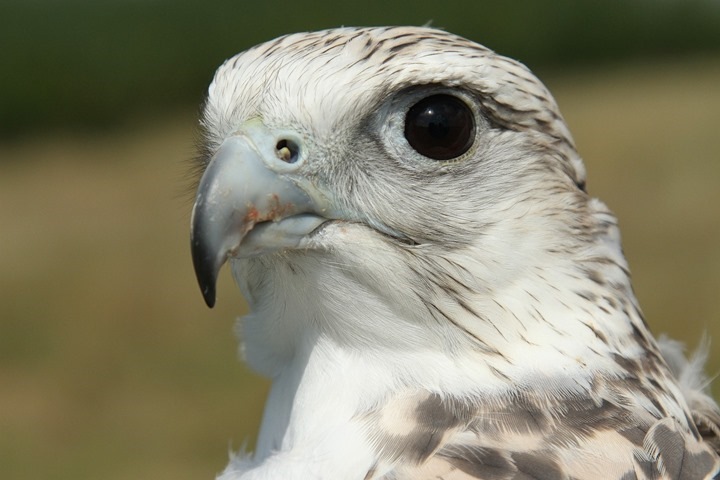In an effort to integrate into the regional economy and promote the ideas of environmental responsibility, the Kamchatka Falcon Center, which is a resident of Kamchatka TOP, has signed an agreement with the Kamchatka Tourism Industry Association (ATIK), which unites 59 travel companies. The document provides for the inclusion of the center’s excursion programs in the ecological routes of the region.

Kristina Alekseeva, Director of the Falconry Center, expressed hope that this cooperation would provide an opportunity to introduce guests to the amazing world of birds of prey and become an important tool for popularizing ecological culture, drawing attention to nature conservation issues. She stressed that tourism, based on the principles of respect for the environment, contributes to the formation of a careful attitude towards it. The agreement regulates the interaction of travel agencies and the center through a standard agreement that takes into account legal aspects, and sets tariffs for individual and group visits. Tourists will be able to familiarize themselves in advance with the programs and rules of conduct at the center aimed at the safety of birds and visitors.
Elena Lasalle, Chairman of the Board of ATIK, noted that active cooperation with the Kamchatka Falcon Center in 2025 will be an important step in the development of eco-tourism in the region. According to her, this will attract more tourists interested in observing wildlife, as well as increase Kamchatka’s recognition as an attractive destination for eco-tourism at the international level.
Kamchatka, a land of wild and pristine nature, is home to a unique population of gyrfalcons, majestic birds of prey listed in the Red Book of Russia. These birds, highly prized in the Middle East for traditional falconry, where the cost per individual can reach hundreds of thousands of dollars, have been the target of brutal poaching in recent decades. The scale of illegal trapping has reached a critical point, endangering the very existence of the Kamchatka population. Scientists are sounding the alarm: according to experts, the actual volume of trapping may double the official data on 20-60 birds exported annually, while the survival rate of gyrfalcons caught by poachers is less than ten percent. This ruthless exploitation of natural resources is causing irreparable damage to the fragile ecosystem of the region.
The Kamchatka Falconry Center, positioned as the world’s largest gyrfalcon reproduction center, was opened in 2022 in the Milkovsky district of the Kamchatka Territory. The project, created with the support of the Roscongress Foundation and with the cooperation of specialists from Russia and Arab countries, has received significant investments, including from businessman Shukhrat Razakov, as well as government support in the form of the construction of a road worth about 650 million rubles. The stated goals of the center looked noble: the restoration of the population by breeding birds, followed by the release of some of them into the wild and the sale of the rest. The center, designed to house 400 birds, seemed like a ray of hope for the preservation of the species.
However, the good intentions and official statements were soon overshadowed by the scandal. Back in 2023, information appeared about the investigation of a criminal case on the illegal extraction of wild gyrfalcons in Kamchatka, and suspicions were expressed about the possible connection of suspects with the falconry center. These fears were confirmed in 2024, when the Kamchatka Regional Court convicted the Director General of the Kamchatka Center, Shukhrat Razakov. He was found guilty of illegal extraction and trafficking of especially valuable wild animals. The court found that Razakov had organized the capture of 13 wild gyrfalcons, employing two specialists for this purpose. The court found the defendant’s arguments that the birds were legally harvested for scientific purposes unconvincing. Razakov was sentenced to 5.5 years of suspended imprisonment, a fine of 1.5 million rubles and a ban on engaging in activities related to the extraction, breeding and maintenance of wild animals for a period of 4 years.
This verdict still casts a shadow over the activities of the center, allegedly created to save the gyrfalcons. An alarming paradox arises: an organization designed to preserve and restore the population of rare birds turned out to be under the leadership of a man who was subsequently convicted of illegal capture. This case calls into question not only the reputation of a particular project, but also the effectiveness of the declared measures to combat poaching and develop truly ecological tourism in Kamchatka. The history of the Kamchatka Falcon Center serves as a bitter reminder of how good conservation initiatives can be discredited by vested interests, jeopardizing the future of the unique species they are designed to protect.
Alexander Eskendirov (Kamchatka.Live)